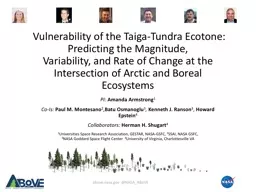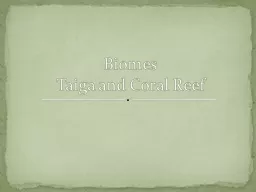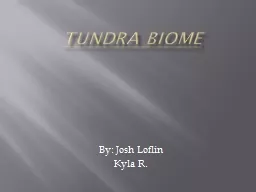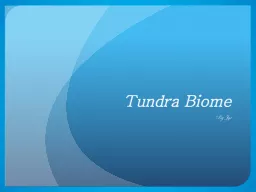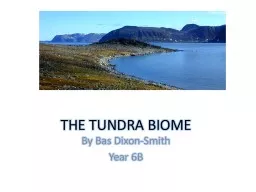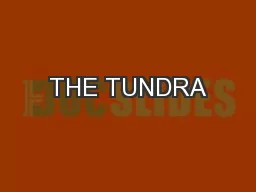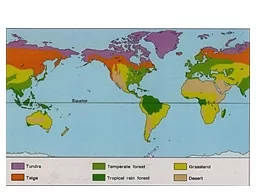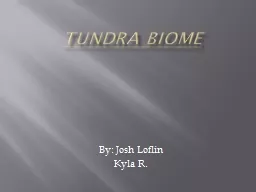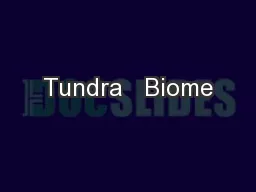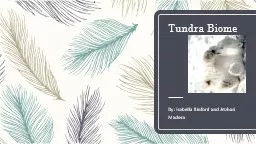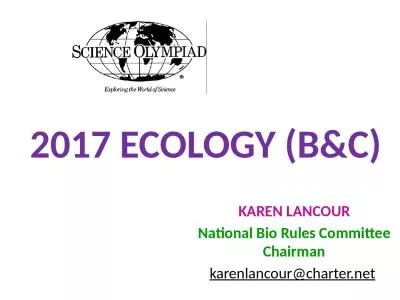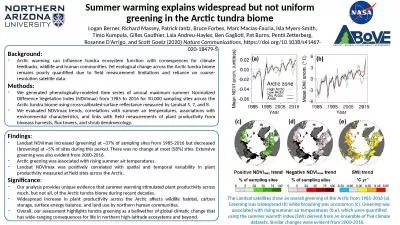PPT-Vulnerability of the Taiga-Tundra Ecotone: Predicting the Magnitude,
Author : briana-ranney | Published Date : 2019-12-10
Vulnerability of the TaigaTundra Ecotone Predicting the Magnitude Variability and Rate of Change at the Intersection of Arctic and Boreal Ecosystems PI Amanda Armstrong
Presentation Embed Code
Download Presentation
Download Presentation The PPT/PDF document "Vulnerability of the Taiga-Tundra Ecoton..." is the property of its rightful owner. Permission is granted to download and print the materials on this website for personal, non-commercial use only, and to display it on your personal computer provided you do not modify the materials and that you retain all copyright notices contained in the materials. By downloading content from our website, you accept the terms of this agreement.
Vulnerability of the Taiga-Tundra Ecotone: Predicting the Magnitude,: Transcript
Download Rules Of Document
"Vulnerability of the Taiga-Tundra Ecotone: Predicting the Magnitude,"The content belongs to its owner. You may download and print it for personal use, without modification, and keep all copyright notices. By downloading, you agree to these terms.
Related Documents

